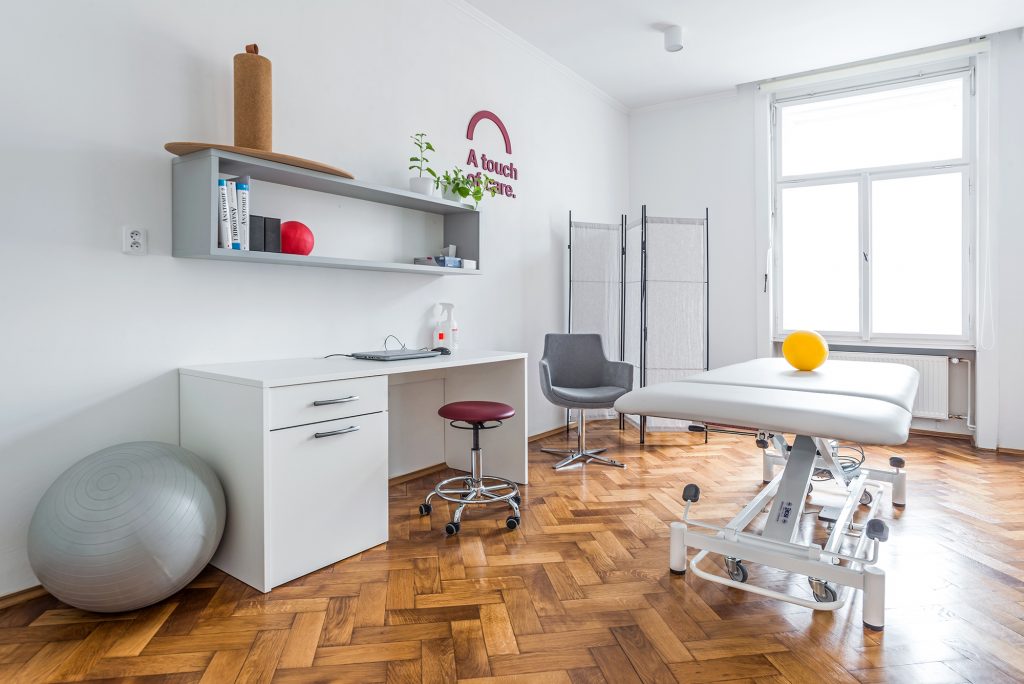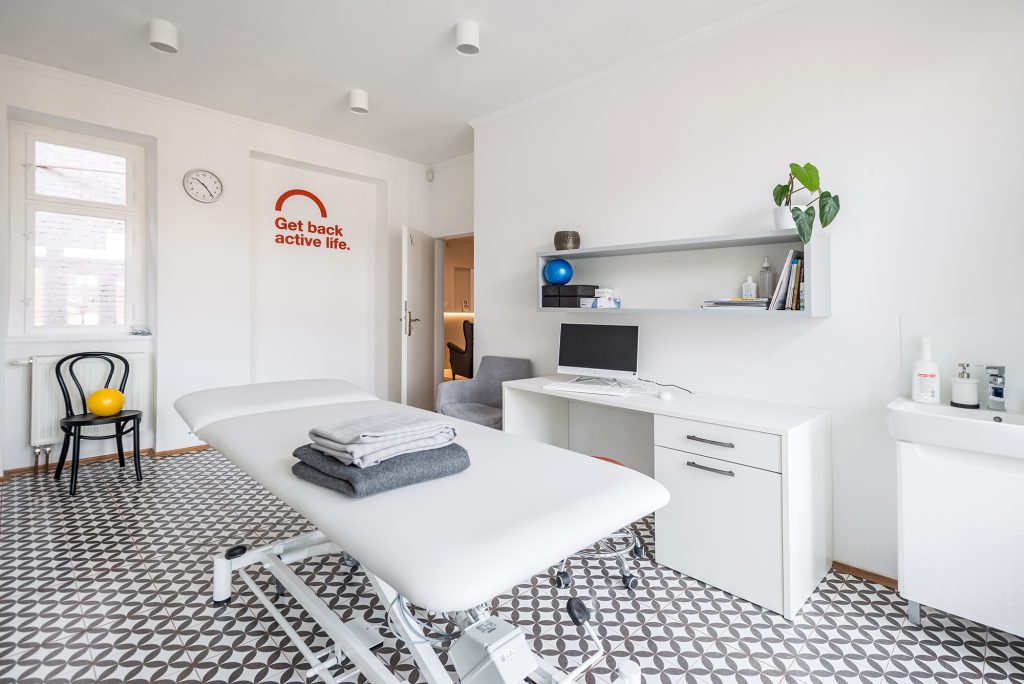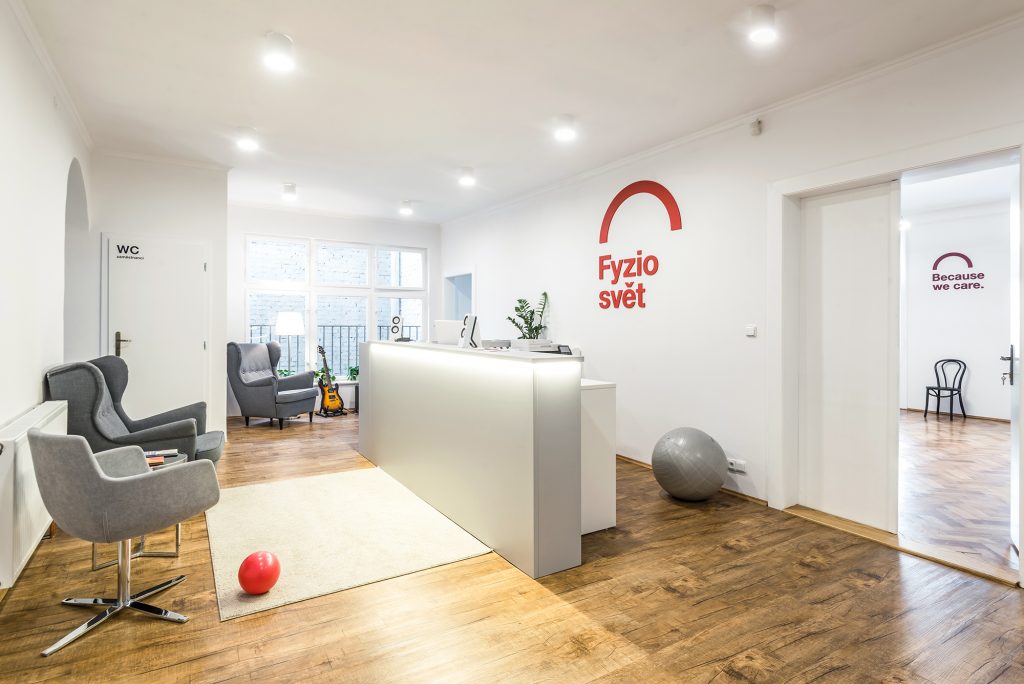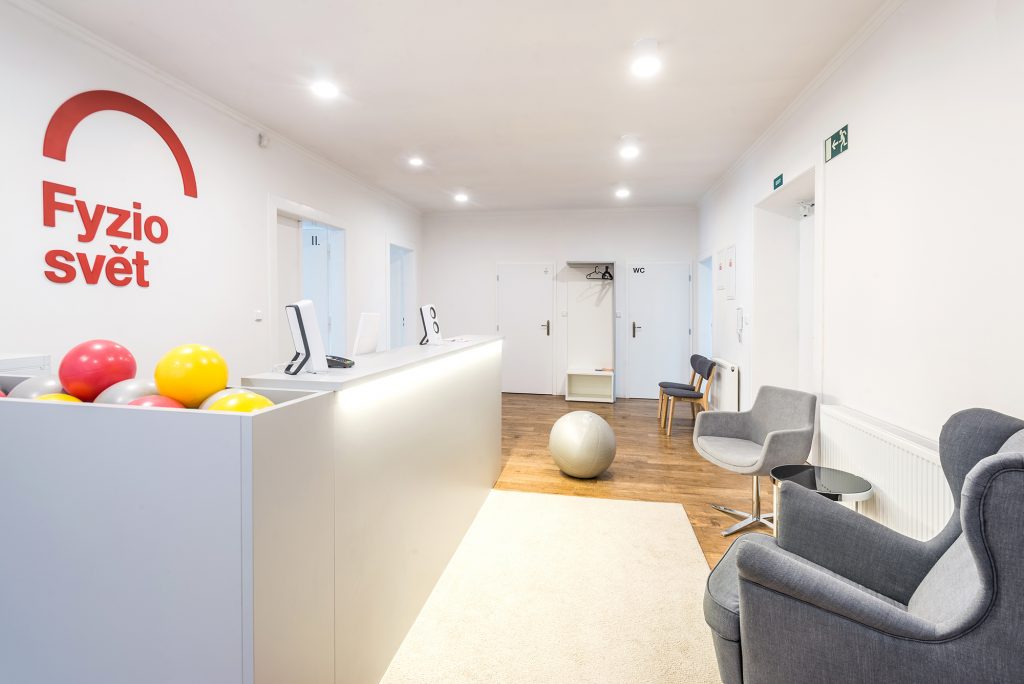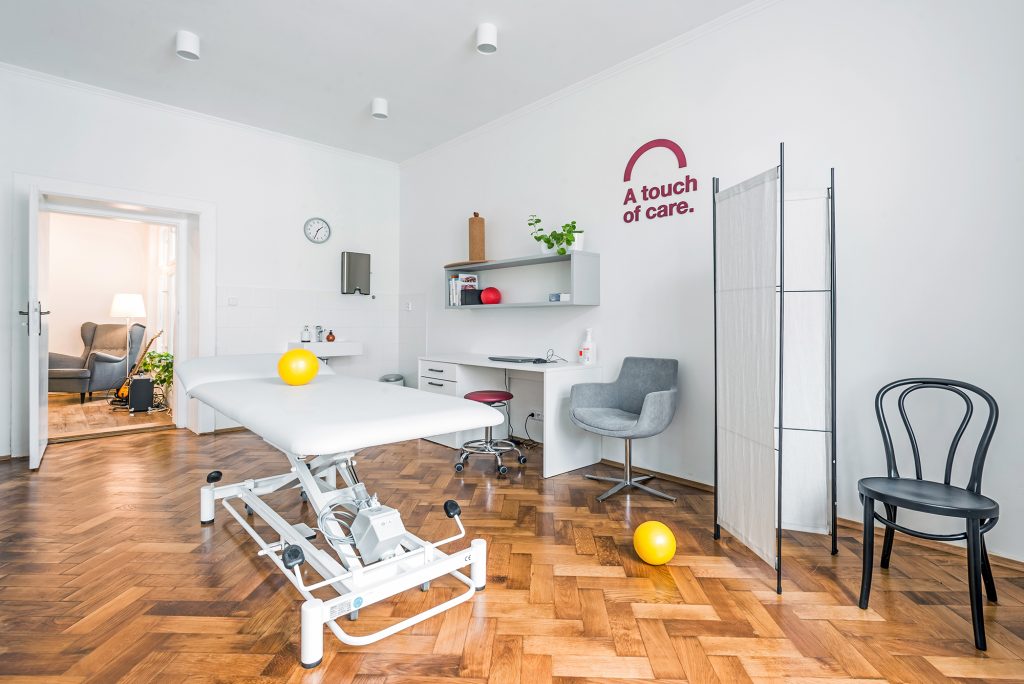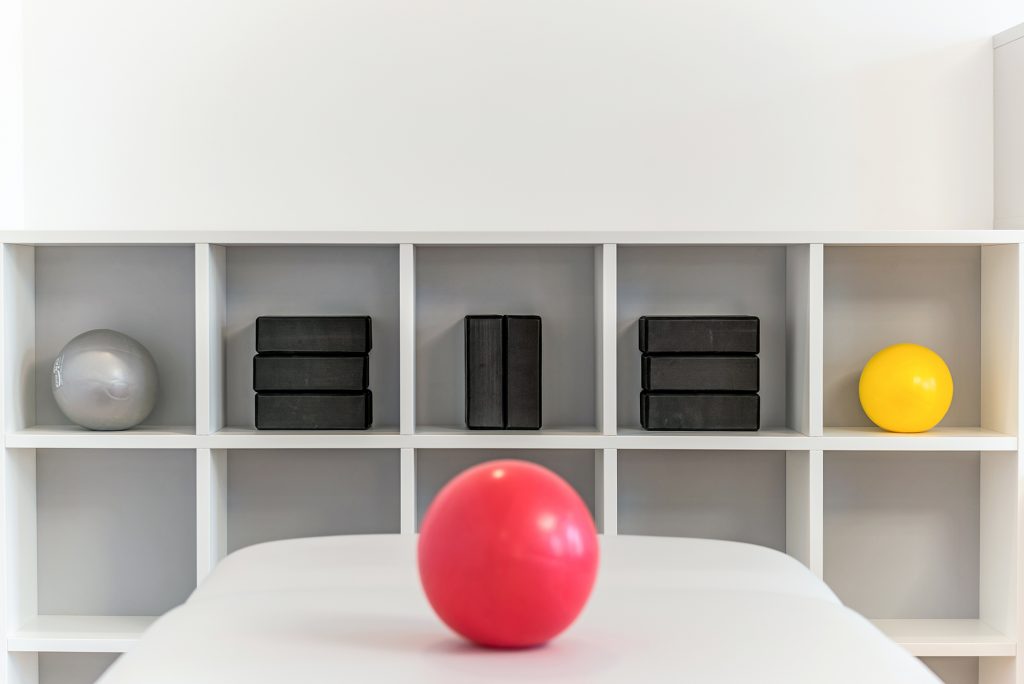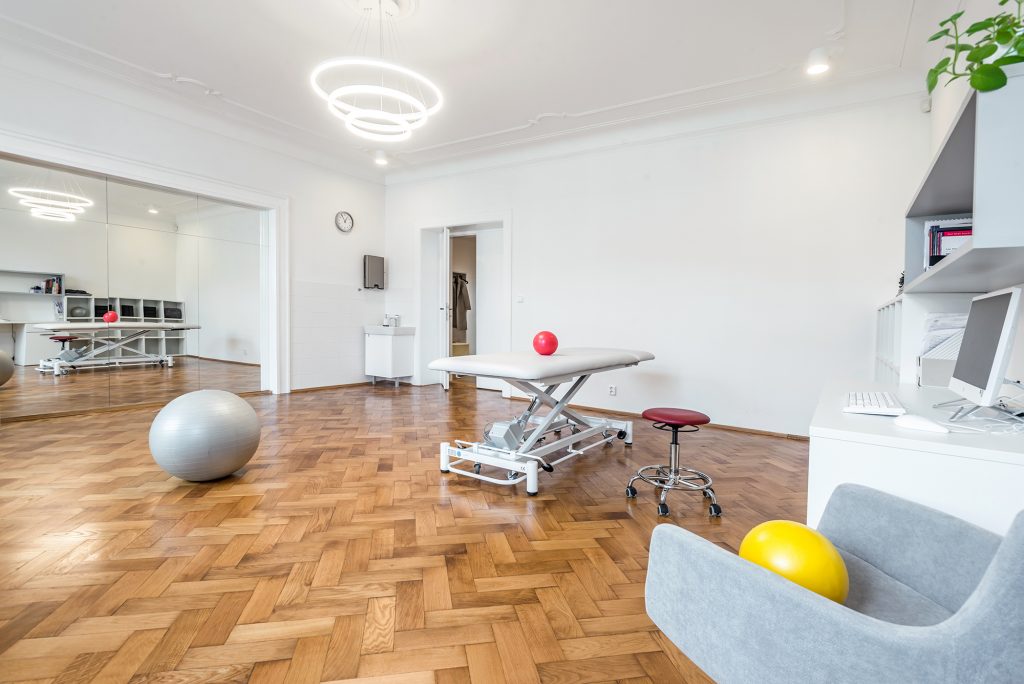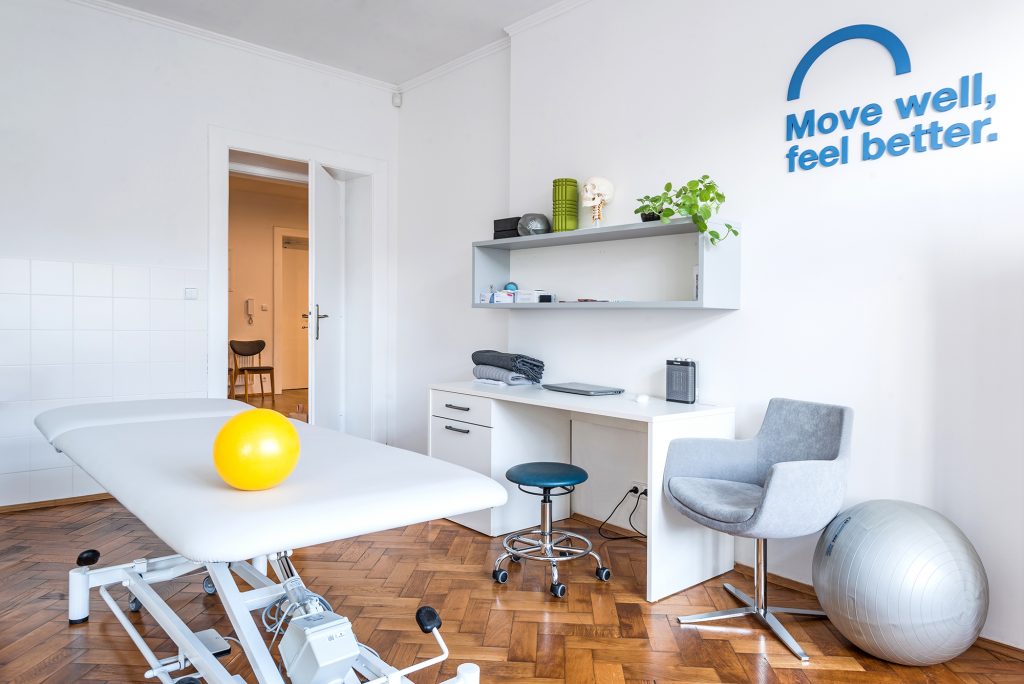Pregnancy from a Physiotherapist’s Perspective
How Does a Woman’s Body Change?
Pregnancy is one of the most beautiful times in a woman’s life, but it brings significant physical changes aimed at ensuring a smooth pregnancy and providing optimal conditions for the baby’s development. While some women enjoy this period, others experience side effects such as nausea, vomiting, dizziness, heartburn, frequent urination, sensitivity to smells, fatigue, and mood changes, including emotional sensitivity and tearfulness.
Uterus
One of the first physiological changes during pregnancy is the growth of the uterine muscle. Women often feel this as pain in the lower abdomen or groin in the first trimester, caused by the increasing tension in the uterine ligaments. This is more common in women who have not given birth before. In physical therapy, we use special techniques to relieve this tension.
As the uterus grows, abdominal space decreases, leading to slower intestinal movement. Constipation is a common issue for many women as early as the first trimester.
Breast Enlargement
From the early days of pregnancy, women may notice increased tension and enlargement in their breasts, which puts extra strain on the thoracic spine. This often leads to greater curvature of the upper back (hyperkyphosis), forward-rolled shoulders, and forward head posture.
Thoracic Breathing
The diaphragm shifts upwards and backwards to make room for the expanding uterus and the growing baby. As a result, there’s less space for the lungs and heart in the chest. By the end of the second trimester, the uterus rises high enough to affect breathing, and many pregnant women experience shortness of breath. This is due to the predominance of upper chest breathing, which is typically used in stressful or physically demanding situations. With this type of breathing, neck and shoulder muscles take on more work, often leading to neck pain or headaches.
Ligament Relaxation and Abdominal Muscle Separation
Due to hormonal changes, the laxity (looseness) of ligaments increases, particularly in the sacroiliac (SI) joint, hip joints, tailbone, and pubic bone during the third trimester. This prepares the pelvis for childbirth. During pregnancy, the rectus abdominis muscles are inactive, resulting in diastasis recti (separation of the abdominal muscles). This separation is a normal phenomenon that creates more space in the abdominal cavity for the growing baby. After delivery, the abdomen should return to its original state, but if the connective tissue remains weak, intervention may be required. Postpartum diastasis can disrupt the function of the deep stabilizing system of the spine (HSSP), potentially leading to back and hip pain. This system includes the diaphragm, pelvic floor, and deep abdominal and spinal muscles.
In physical therapy, we prepare for active exercise by gently massaging the belly toward the midline, which helps improve connective tissue elasticity. Gentle exercises targeting the oblique abdominal muscles during pregnancy can also facilitate faster recovery postpartum.
Pelvic Floor
The pelvic floor experiences added stress due to the weight of the growing baby. Throughout pregnancy, we focus on activating the pelvic floor muscles to minimize the risk of postpartum dysfunctions, including incontinence, pain during intercourse, pelvic pain, and uterine prolapse. Three weeks before delivery, we start practicing pelvic floor relaxation to prepare for childbirth.
Center of Gravity Shift
As the pregnancy progresses, a woman’s center of gravity shifts. Without proper body control, muscle tension and biomechanics change—lumbar lordosis (lower back curve) and thoracic kyphosis (upper back curve) increase, often causing compensatory forward head posture. These changes raise the demands on trunk stability, and many women experience hip and back pain. Physical therapy can help reposition the baby closer to the spine, restoring proper body alignment. Working on diaphragmatic breathing and expanding the chest in all directions also supports this process.
Foot Arch
As a woman’s weight increases, the foot arch may collapse, often linked to weakened gluteal muscles and a relaxed pelvic floor. Maintaining proper weight-bearing through the feet is essential. In therapy, we use soft foot techniques, kinesiotaping, and work on posture to maintain an active foot arch. Active exercises that shift the center of gravity also engage the lower abdominal muscles and inner pelvic muscles.
A Happy Mom, a Happy Baby
Every woman and every pregnancy is unique. A woman learns to balance her needs with those of her unborn baby. Physical therapy can relieve musculoskeletal pain and reduce the many side effects of pregnancy. Anxiety about the approaching birth is normal, and physical therapy can help. Learning proper diaphragmatic breathing not only prepares the body but also offers mental relief. Ultimately, maintaining emotional well-being throughout pregnancy is crucial. A happy mother means a happy baby.
Your Most Common Questions
What type of physical activity is best during pregnancy?
T
Pregnancy isn’t an illness. If your pregnancy is progressing normally, you can continue with activities you’re accustomed to. The key is to maintain activities your body was used to before pregnancy. If you were engaged in regular, non-risky physical activity, you can continue in moderation. For those who were not physically active, don’t start strenuous exercise during pregnancy! Walking is suitable throughout pregnancy, and yoga is a safe choice, focusing on breathing, relaxation, and strengthening problem areas. Aqua aerobics is great for more active moms, as water reduces impact. Look for pregnancy-specific classes led by experienced instructors who can adjust exercises to your condition. These often focus on strengthening the hip joints, pelvic floor, and foot arch.
Which sports are not suitable during pregnancy?
Avoid activities that cause excessive jolting, such as aerobics and trampoline workouts, as these can stimulate the cervix and trigger premature labor. Contact sports that increase the risk of injury, as well as skiing, climbing, diving, and hot-environment activities, should be avoided from the start of pregnancy.
Which sleeping positions are best and worst?
The best sleeping position is the one that feels most comfortable, although exceptions apply in high-risk pregnancies. Sleeping on the left side is recommended as it promotes circulation and better nutrient supply to the baby. Sleeping on the right side or back may compress the inferior vena cava, which can reduce blood flow from the placenta. As pregnancy progresses, sleeping on the stomach becomes nearly impossible due to the growing belly.
